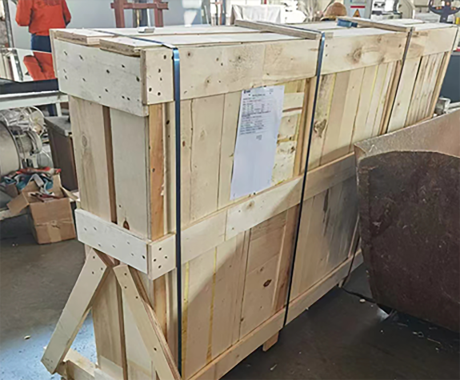

The Enchantment of Colored Mirror Glass
Colored mirror glass has emerged as a captivating material that blends functionality with aesthetic appeal. This unique medium not only reflects light but also infuses any space with a spectrum of colors, transforming ordinary environments into extraordinary experiences.
Originating from traditional glass-making techniques, colored mirror glass is manufactured by applying thin layers of metallic coatings to a glass surface. The result is a reflective material that not only mirrors its surroundings but also alters them through vibrant hues. This innovative glass can be found in various applications, from architecture to interior design, and even in art installations, showcasing its versatility and charm.
One of the most striking features of colored mirror glass is its ability to interact dynamically with light. When sunlight or artificial lighting strikes its surface, the glass reflects and refracts light in ways that create mesmerizing patterns and colors. This phenomenon not only enhances the ambiance of a space but also plays a crucial role in transforming mood and perception. Imagine a room bathed in warm golds and rich reds during sunset, and then transitioning to cool blues and greens under moonlight; the emotional resonance of colors is effectively harnessed through this material.

In architectural contexts, colored mirror glass is often utilized to create striking facades that stand out in urban environments
. With cities increasingly focused on sustainability, this glass can also improve energy efficiency by reflecting solar heat and minimizing glare. Innovative designs featuring colored mirror glass blend functionality with a modern aesthetic, making them both compelling and practical.In interior design, colored mirror glass is a favored choice for creating statement pieces. Designers often incorporate it into furniture, lighting fixtures, and wall art. A coffee table with a colored mirrored surface can serve as a conversation starter, while wall panels can dramatically alter the perception of space, making rooms appear larger and more inviting.
Artists have also embraced colored mirror glass as a medium for their creativity. Sculptures made from this material can offer a dynamic visual experience, as they change appearance based on the viewer’s angle and the surrounding light. This interactivity encourages deeper engagement, making art more accessible and relatable.
In conclusion, colored mirror glass is not merely a functional material; it is a transformative element that enhances beauty, utility, and emotional impact. Whether applied in architecture, interior design, or art, its enchanting interplay of color and light captivates the imagination, inviting us to see the world anew. As the demand for unique and sustainable materials grows, colored mirror glass stands out as a symbol of innovation and creativity.